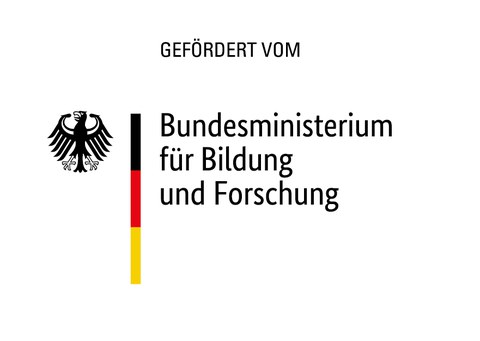Hydro-morphological change detection of rivers in cold climate regions with integrated spatio-temporal high resolution methods
Recent technological advances in the measurements of flow characteristics, sediment transport, topography and thermal properties of the river channels offer fresh potential for detecting fluvial and sub-aerial processes at increased spatial and temporal resolution. For instance, there is great potential using RGB colour time-lapse photos and videos to measure seasonal changing river flows and topographies, because temporally dense measurements have the potential to reveal when, where and why channel banks are retreating.

River in cold climate region
This project aims to measure river flow characteristics and the driving processes of the river bank dynamics during the open-channel flow period, at i.e. from the rise of a spring snowmelt flood until the autumn low flow period, with spatio-temporal high resolution data using terrestrial time-lapse imagery and videos from low-cost terrestrial cameras. In the future more frequent extreme weather events and floods, earlier timing of river ice break-up and reduced snow cover are expected. Furthermore, it is assumed that the climate change will have a joint impact with sedimentation on flood risk. Channel changes, especially aggradation of a river bed, may cause a loss of capacity and influence flooding in turn. Therefore, the new methodologies and retrieved hydro-morphological observations and interpretations of this collaborative project can help to support flood mitigation in other river environments.
This project is sponsored by the Federal Ministry of Education and Research and performed in co-operation with the Department of Geographical and Historical Studies, University of Eastern Finland.
Publications
- Eltner, A., Bertalan, L., Perks, M., Grundmann, J., Lotsari, E. (2021): Hydro‐morphological mapping of river reaches using videos captured with unoccupied aerial systems. Earth Surface Processes and Landforms. 10.1002/esp.5205 (Link ESP&L).

